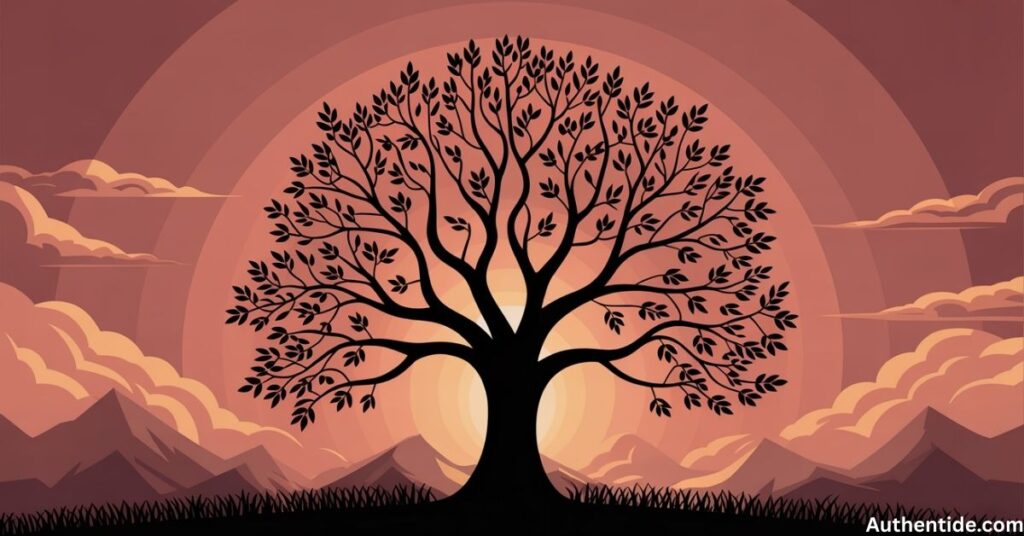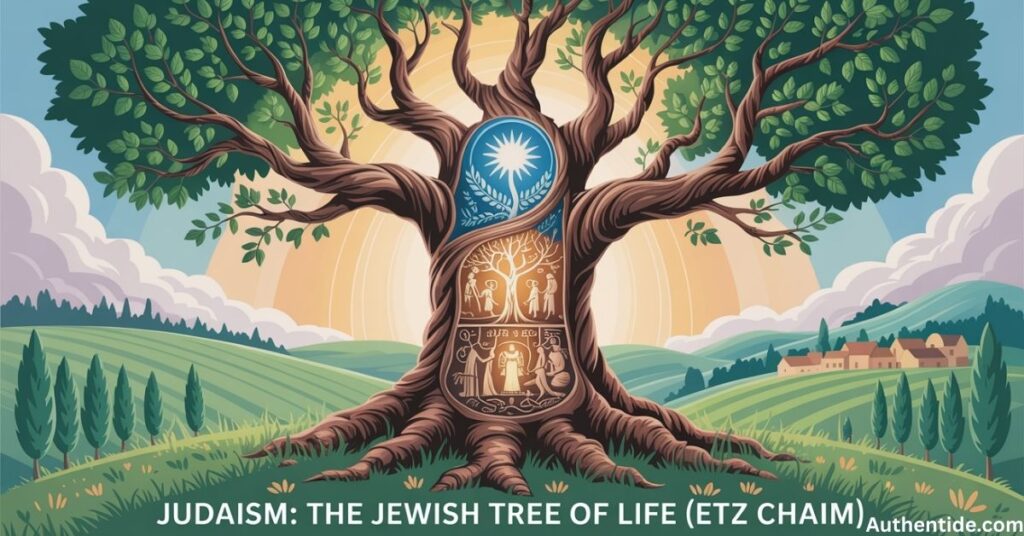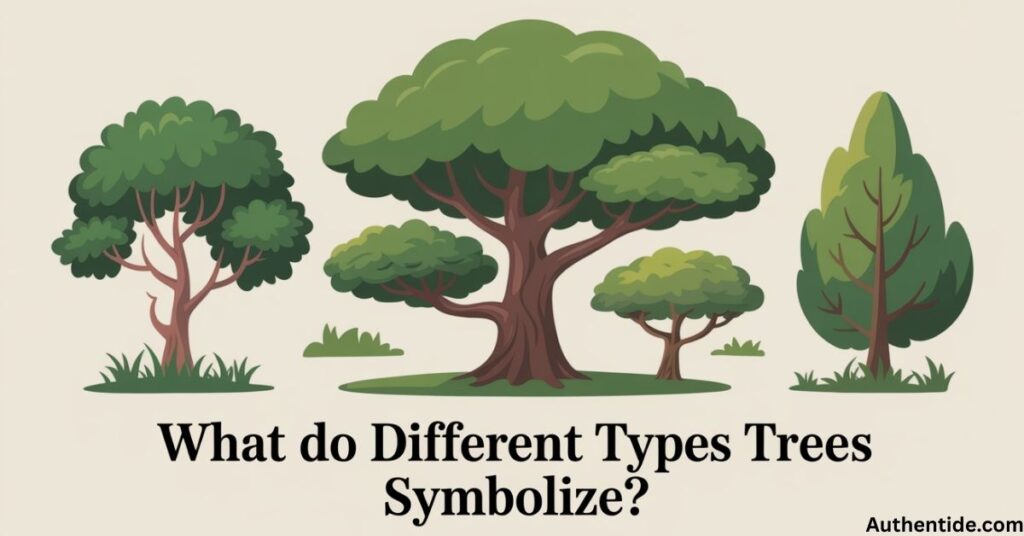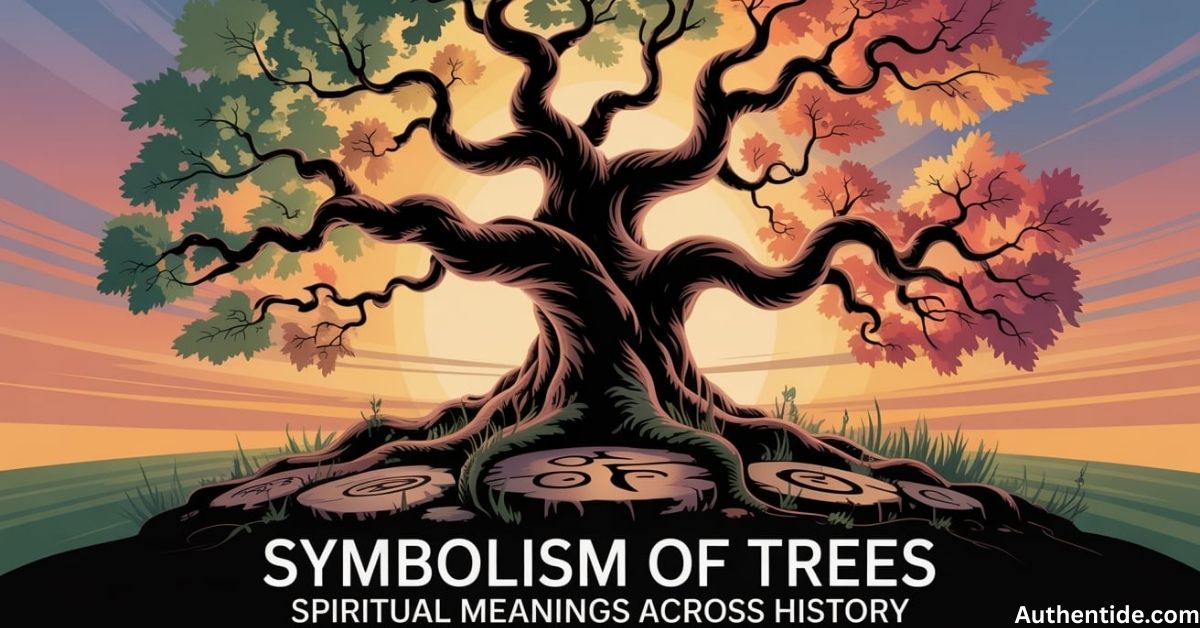The symbolism of Trees has fascinated humanity for millennia, bridging cultures, religions, and mythologies across the globe. From ancient oak groves where druids gathered to the Tree of Life depicted in sacred texts, trees have long been regarded as more than just part of the natural world. They are seen as living bridges between the heavens, the earth, and the underworld, rooted in soil yet reaching for the sky, embodying both stability and spiritual aspiration. Their stories are written in leaves and branches, and each species whispers a different tale about life, death, and rebirth.
Walk into any forest, and you’ll feel the quiet, almost sacred presence that commands respect. This isn’t mere scenery; it’s a living, breathing archive of human belief. Across faith traditions & trees, whether in Christianity’s Biblical Trees in the Garden of Eden, Islam’s Tree of Immortality, Judaism’s ETZ Chaim, or Hinduism’s sacred grove trees, these trees have acted as vessels of wisdom, protection, and transformation. Some cultures plant them as living memorials, while others view them as symbols of courage or as guardians of ancestral spirits.
In a modern world dominated by steel and glass, the spiritual meanings of trees remain surprisingly relevant. We still plant oaks to symbolize endurance, maples for balance, and yews for remembrance. Memorial gardens, eco-friendly burials, and sacred groves are making a quiet return, proving that even in an age of technology, we crave roots both literal and symbolic.
Living Memorials: Choosing a Tree Instead of a Tombstone
For many, planting a tree in memory of a loved one feels more personal than placing a stone marker. A tree grows, changes with the seasons, and continues to give life, mirroring the enduring love we hold for those who have passed.
Scenario Example (Email to a Friend):
“Hi Sarah, I wanted to let you know that instead of a traditional gravestone, we’ve planted a maple in Dad’s favorite park. Every fall, when the leaves turn gold, I feel like he’s right there with us. It’s a living memorial, something that continues to grow and remind us of his strength and kindness.”
This choice connects to ancient beliefs where trees acted as guardians of the dead, offering shelter and peace for the spirit.
Trees in Sacred Texts and Faith Traditions

Christianity: The Biblical Trees
In the Garden of Eden symbolism, the Tree of Knowledge and the Tree of Life are central to humanity’s origin story. They represent choice, morality, and eternal life. Even today, these trees remind believers of divine wisdom and the consequences of free will.
Scenario Example: A Sunday school teacher explaining to children how the Tree of Knowledge represents the importance of making wise choices, using a fruit-bearing plant in the classroom as a visual metaphor.
Islam: The Tree of Immortality
In Islamic tradition, the Tree of Immortality is a reminder of humanity’s early test and the importance of guidance. It’s often linked with patience, humility, and spiritual endurance.
Scenario Example: A grandfather telling his grandchildren the Qur’anic story of Adam and HAW WA (Eve), using the tree in their garden to show how temptation can appear beautiful yet carry consequences.
Judaism: The Jewish Tree of Life (ETZ Chaim)

The ETZ Chaim symbolizes wisdom, Torah, and eternal connection with God. In Jewish communities, it’s often used as an emblem of learning and continuity.
Scenario Example (Synagogue Newsletter):
“This Shabbat, our Torah scrolls will be adorned with a new embroidered mantle featuring the ETZ Chaim, a reminder that our community’s roots run deep and our branches continue to grow toward understanding and unity.”
Sacred Trees in Indian Religions
In Hinduism, Buddhism, and Jainism, Sacred Groves such as the Panchavati are seen as blessed spaces. The Bodhi tree, under which the Buddha attained enlightenment, is one of the most famous mythological tree motifs in the world.
Scenario Example: A traveler visiting Bodh Gaya describes the deep stillness while sitting under a descendant of the original Bodhi tree, feeling a profound sense of balance and peace.
Native American Tree Symbolism
Native ethnic group often view trees as ancestors, protectors, and storytellers. Each species carries a unique meaning: cedar for purification, birch for new beginnings, and oak for strength.
Scenario Example: During a naming ceremony, a tribal elder explains how the oak planted beside the community hall represents the courage and resilience they hope the child will carry through life.
What Do Different Types of Trees Symbolize?

Alder
Symbol of protection and courage. Alders were once believed to guard against evil spirits.
Scenario Example: A park ranger explains to hikers how planting alders along rivers not only protects banks from erosion but also carries centuries of symbolic meaning.
Ash
Associated with the World Tree in Norse mythology, representing cosmic connection and wisdom.
Scenario Example: A fantasy author names their kingdom after the Ash tree, weaving in its mythological links to emphasize interconnectedness.
Aspen

Linked to communication and overcoming fear, due to the rustling of its leaves.
Scenario Example: A therapist uses Aspen’s trembling leaves as a metaphor for expressing emotions instead of hiding them.
Hazel
Known for wisdom and inspiration, often featured in Celtic legends.
Scenario Example: A teacher plants hazel in a school garden, telling students it’s a “tree of ideas” to inspire their creativity.
Maple
Symbolizes balance and practicality.
Scenario Example: A couple chooses a maple for their backyard as a reminder to stay grounded while chasing dreams.
Oak
Represents strength, stability, and endurance.
Scenario Example: A veteran’s memorial garden is centered around a centuries-old oak, representing resilience in service.
Redwoods

Emblems of longevity and interconnectedness.
Scenario Example: A conservation group uses redwoods in their campaign to highlight the importance of preserving heritage.
Yew
Linked to mourning and rebirth, often found in churchyards.
Scenario Example: A grieving family plants a yew in their garden, seeing it as a guardian for their loved one’s memory.

Your go-to place for smart synonyms and celebrity updates. Muhammad Hassan Abid is dedicated to creating useful, engaging content that informs, inspires, and truly serves your curiosity

